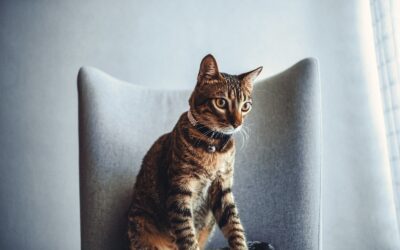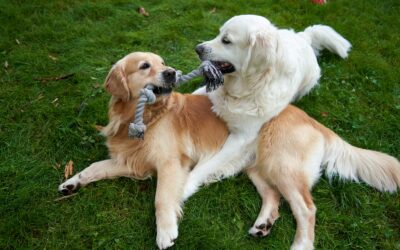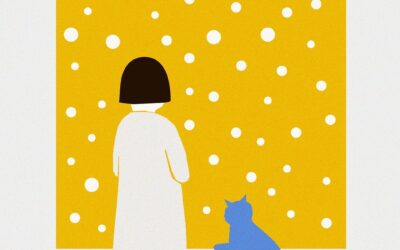Looking for a new cat to add to your family? If you’ve got some experience, you may be considering one of the hybrid breeds like the Savannah or Bengal cat. These are the result of crossing domestic cats with wild species, which has led to exotic-looking felines with boisterous personalities. Because their ancestry is different, though, the two breeds aren’t quite the same!
If you’re stuck between a Savannah cat vs Bengal cat, keep reading for a full comparison between these two desirable but high-maintenance breeds.
At a glance
Let’s compare the basics! We’re assuming here that you’re getting a later-generation cat. In Savannah cats, the earlier generations like F1 (50% serval) or F2 (25-37.5% serval) individuals can be huge, weighing up to 25 pounds. Earlier generations of both breeds can also be wildly expensive (up to $20,000 for Savannahs) because they’re so difficult to produce.
| Savannah cat | Bengal cat | |
| Weight | Up to 18 pounds (male) | Up to 15 pounds (male) |
| Height | Up to 16″ (shoulder) | Up to 15″ (shoulder) |
| Lifespan | Around 15 years | Around 15 years |
| Energy level | High | High |
| Grooming | Low | Low |
| Health | Normal | Normal |
| Price | $1,000-$4,000 | $1,500-$3,000 |
Savannah cat vs Bengal cat: Ancestry & history
As mentioned in the introduction, both of these relatively young cat breeds were produced by crossing domestic cats with wild species. Let’s have a quick look at how they came to be before we further compare their qualities as pets!
Savannah cat ancestry
The Savannah cat is the result of crossing domestic cats with servals (Leptailurus serval), a medium-sized wild cat naturally found in arid regions in Sub-Saharan Africa. The first cross took place in 1986 and resulted in a female feline named Savannah, which explains the breed name. From here on out, the Savannah breed was further developed and eventually accepted by TICA (The International Cat Association) in 2001.
Many different breeds were used to produce the Savannah cat, including normal domestic shorthairs and more exotic-looking cats like the Egyptian Mau and Ocicat. Even the Bengal cat, which already existed at this point, was often involved! Nowadays, outcrossing like this is considered undesirable, so breeders mostly stick to crossing Savannah x Savannah.
Bengal cat ancestry
The Bengal has been around for a little longer than the Savannah cat. The first recorded crosses between domestic cats and the Asian leopard cat (Prionailurus bengalensis), a small wild species naturally found throughout much of Asia, actually took place at the end of the 18th century.
Serious attempts to establish an actual breed began in the ’70s and Bengals were officially accepted by TICA in 1983. They are now quite popular around the world!
Did you know? Earlier generations of males of both Savannah and Bengal cats are usually infertile.
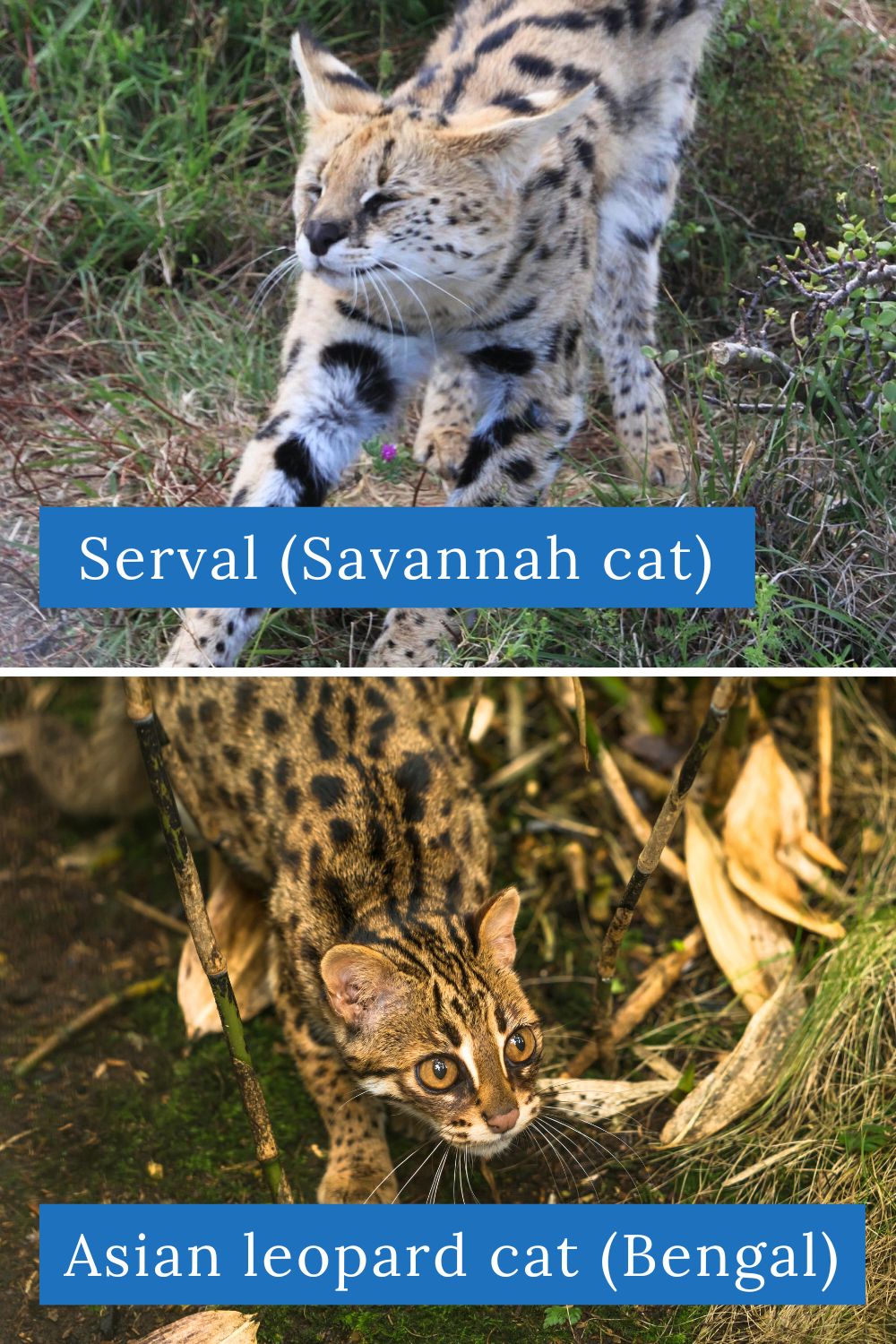
Savannah cat vs Bengal cat: Appearance
Savannah cat appearance
As mentioned earlier, the early generations of Savannah cats can be huge, owing to their serval ancestor. They’re tall and slender, bearing a strong resemblance to their wild parent or (great-)grandparent. Later generations are still usually a bit bigger than your average house cat and can be recognized by their typical spotted pattern. They weigh between 8-18 pounds and measure 10-16″ at the shoulder.
All of the outcrossing that was done in the breed’s early days has led to lots of other colors popping up, but those aren’t recognized by the TICA breed standard and are less common because of this.
Bengal cat appearance
Early-generation Bengal cats look a lot like their Asian leopard cat ancestors. They’re about the same size as a normal house cat, often with the same orange-brown eyes, and have prominent muzzles. The later-generation version looks a lot more like the felines we’re used to, although their beautifully spotted coat still makes them look pretty exotic. The rosette markings really do resemble those of a leopard! They’re relatively slender and long.
Unlike the Savannah cat, Bengals aren’t restricted to a spotted pattern by any breed standards, meaning there are more colors out there. They can have the typical black rosettes on a tan base, but you’ll also find tabbies and even snow Bengals (which have a pattern similar to that of a Siamese).
Did you know? There may be regulations in your state or country associated with owning hybrid cats like the Savannah cat or Bengal. It may even be illegal. Look up the rules before you consider buying one to prevent disappointment.
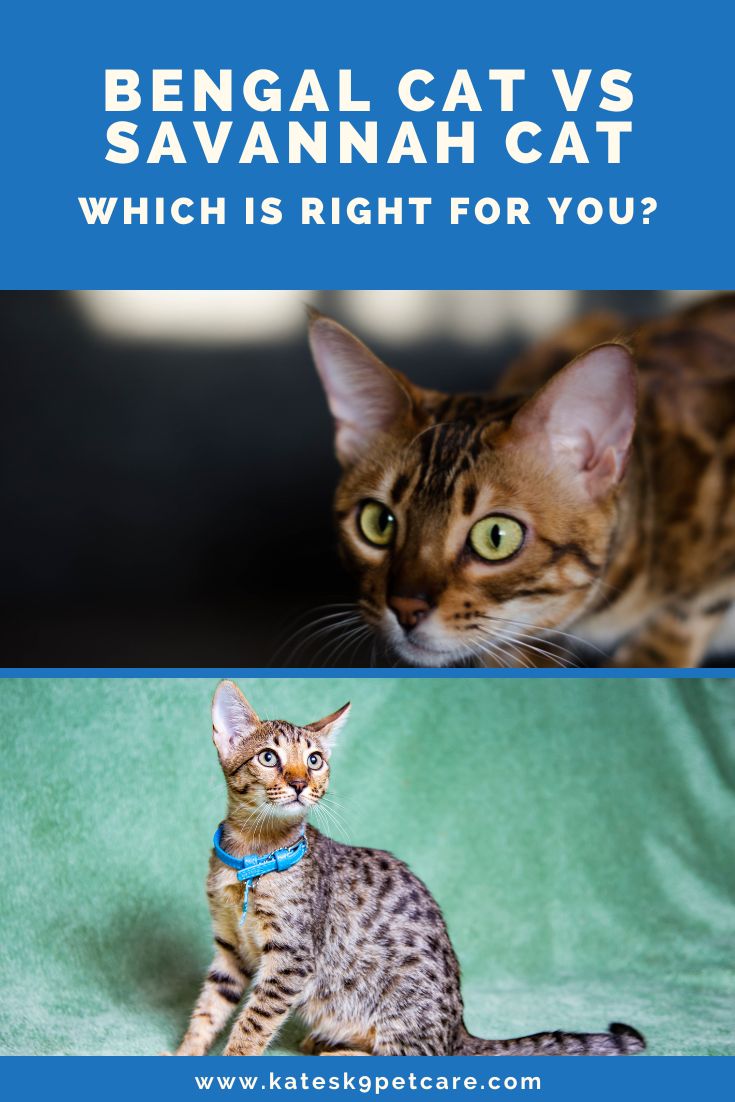
Savannah cat vs Bengal cat: Temperament
Please pay close attention here. Despite their hefty price tag, many Savannah cats and Bengals are surrendered on a yearly basis. This mostly has to do with their intense temperaments and other characteristics associated with a hybrid cat. Even later generations don’t always behave the way we humans want them to!
Savannah cat temperament
Often marketed as a “cat that’s like a dog”, the Savannah cat is extremely active. It bonds closely to its owners, with earlier generations often struggling with anxiety when new people or new environments are introduced. The breed is very smart and easy to (leash) train, but also too curious for its own good sometimes. They like to jump on high furniture and many adore playing with water.
A negative to keep in mind is that Savannah cats can be destructive. There are also some health issues associated with the breed aside from the normal problems like periodontal disease. Hypertrophic cardiomyopathy and a few other genetic issues should always be tested for.
Bengal cat temperament
The Bengal cat is known for its active temperament. These cats are energetic and usually pretty smart and trainable, wanting to spend much of their day playing and exploring. Many owners even note that their Bengals like water. Most form a close bond with their owners and can be pretty demanding when they want attention! Many are on the vocal side. They can be mischievous and somewhat destructive.
A significant negative that you need to keep in mind, especially about the earlier generations, is that they don’t always take to litter box training. If you don’t like cleaning up pee, you may need to think twice. As with Savannahs, Bengal cats can also struggle with certain health issues.
Conclusion
Whether you’re going for a Savannah or Bengal cat, remember that hybrid breeds are different from your regular old house cat, even the later generations that aren’t quite as “wild”. Your cat will need loads of play and exercise, and it may display behaviors that you didn’t expect. Make sure you’re prepared!
Look for a reputable breeder and don’t forget to consider if it may not be a better idea to adopt a “regular” cat from a shelter.


